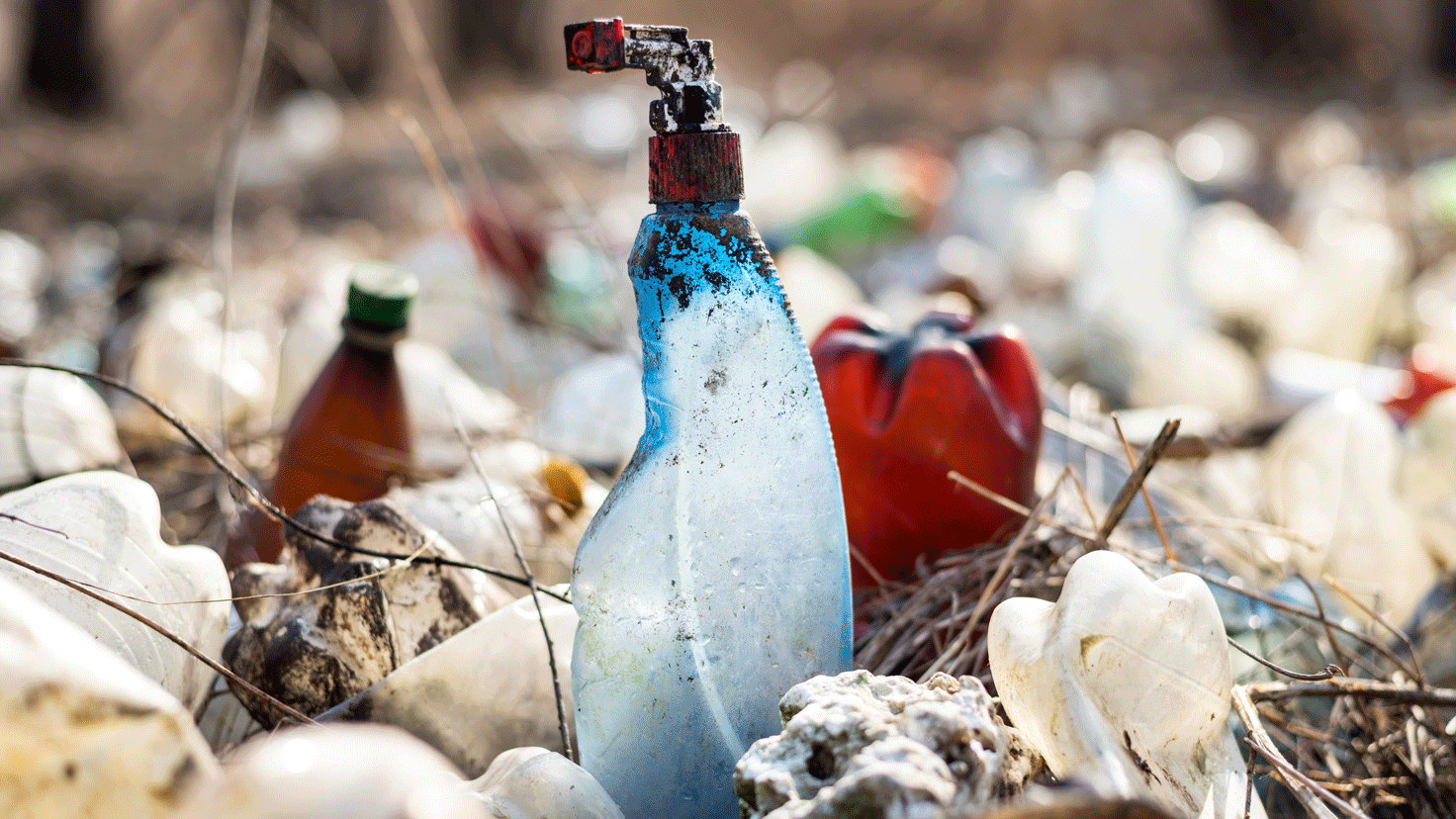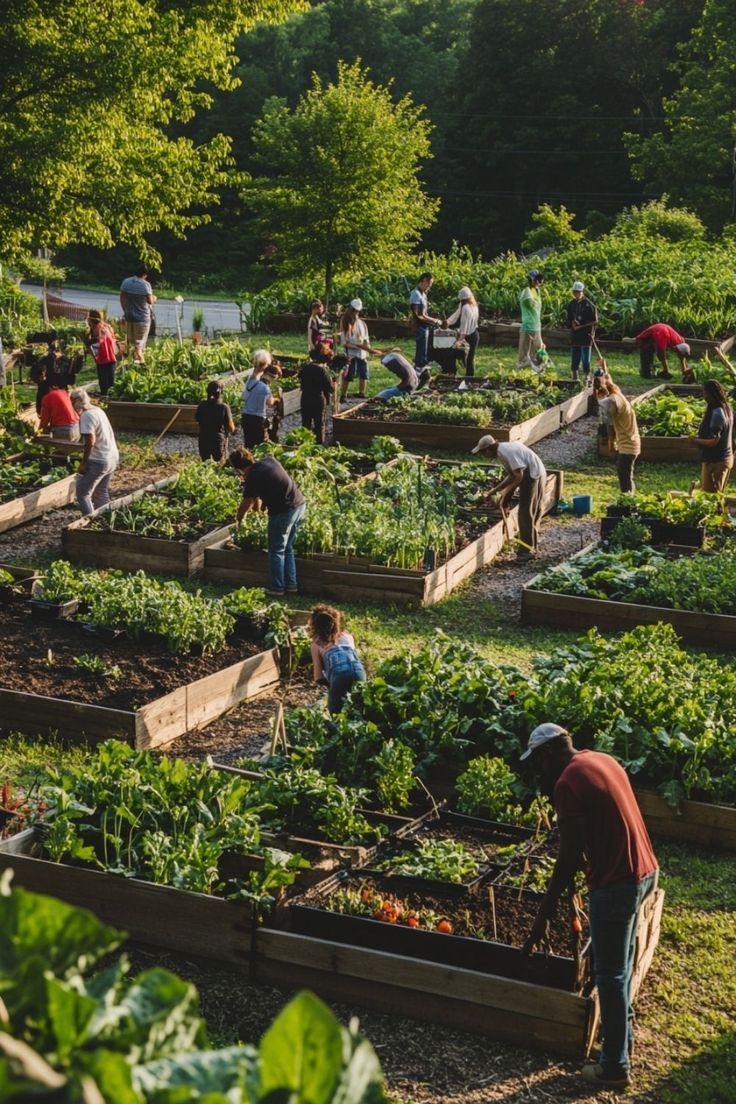Plastic is a material central to our modern lives, but its degradation process can be very slow and harmful to the environment.
- Mass production and recycling: Since 1950, humanity has produced about 8.3 billion metric tons of plastic, and most of it, about 6.3 billion tons, has ended up as waste. Only a small fraction, about 9%, has been recycled so far.
- Degradation time of plastic: Traditional plastics, such as PET (polyethylene terephthalate), take a long time to decompose. Simple plastic bottles can take up to 450 years to decompose in landfills.
- Photodegradation process: Instead of bacteria breaking down plastic, UV rays from the sun break it down into smaller fragments, known as microplastics, making degradation more problematic in the environment.
How does plastic degradation affect the environment?
Degraded plastic remains in the environment for many years and causes great damage:
- Impact on wildlife and marine life: Microplastics, which are formed by photodegradation, get mixed up with seafood and have serious consequences for marine fauna.
- Emission of greenhouse gases: Plastic deposits on the ground release toxins and greenhouse gases into the environment, negatively affecting human health and the environment.
How does bioplastic degradation affect the environment?
Bioplastics, made from plant sources, offer a potentially better alternative:
- Types of bioplastics: There are several types, including compostable and biodegradable bioplastics, which are easier on the environment when disposed of under certain conditions.
- Composting and recycling: Some bioplastics can be biodegraded in specialized industry compost, reducing the impact on the environment.
Plastic degradation is a global problem that requires major initiative and innovation in recycling technology and practices. By understanding the difference between types of plastic and their effect on the environment, we can improve our ways of using and handling them to increase the sustainability of our planet.






